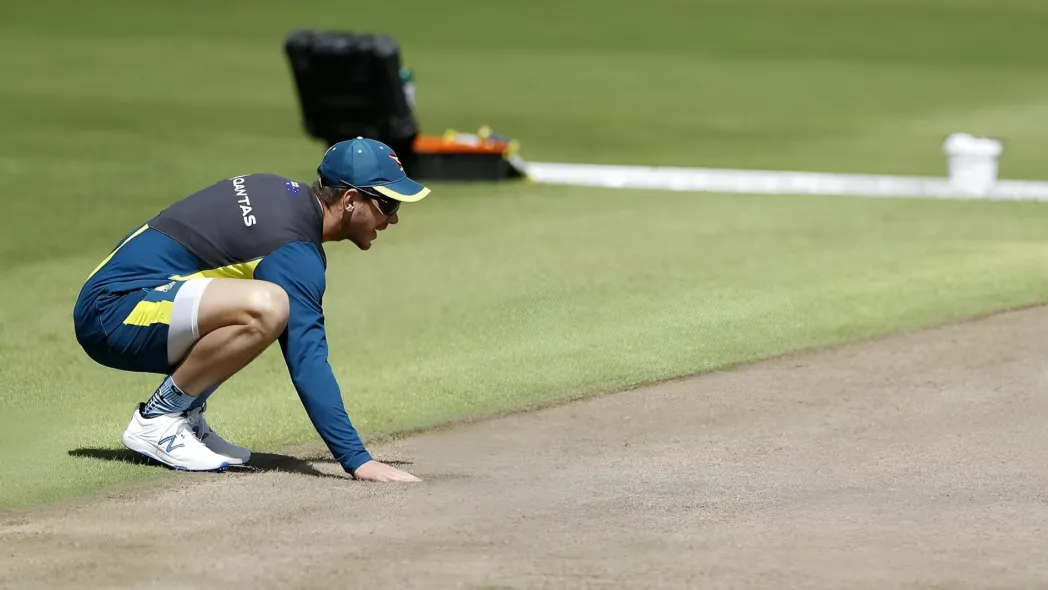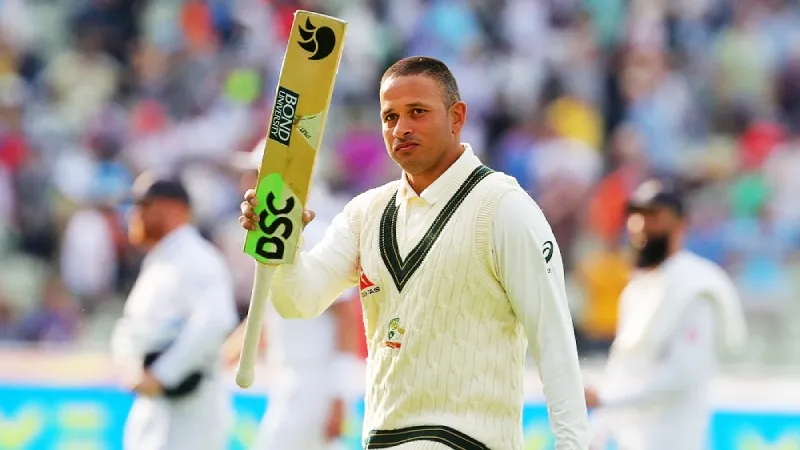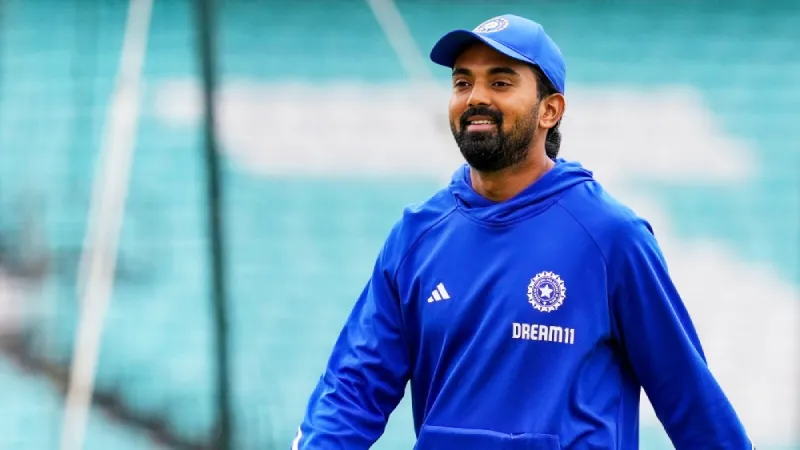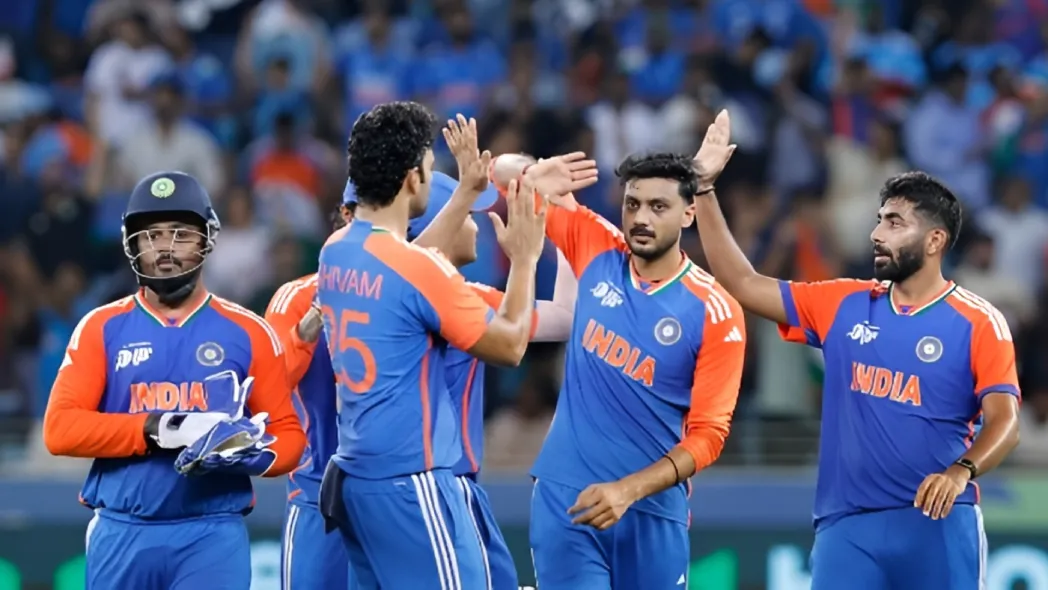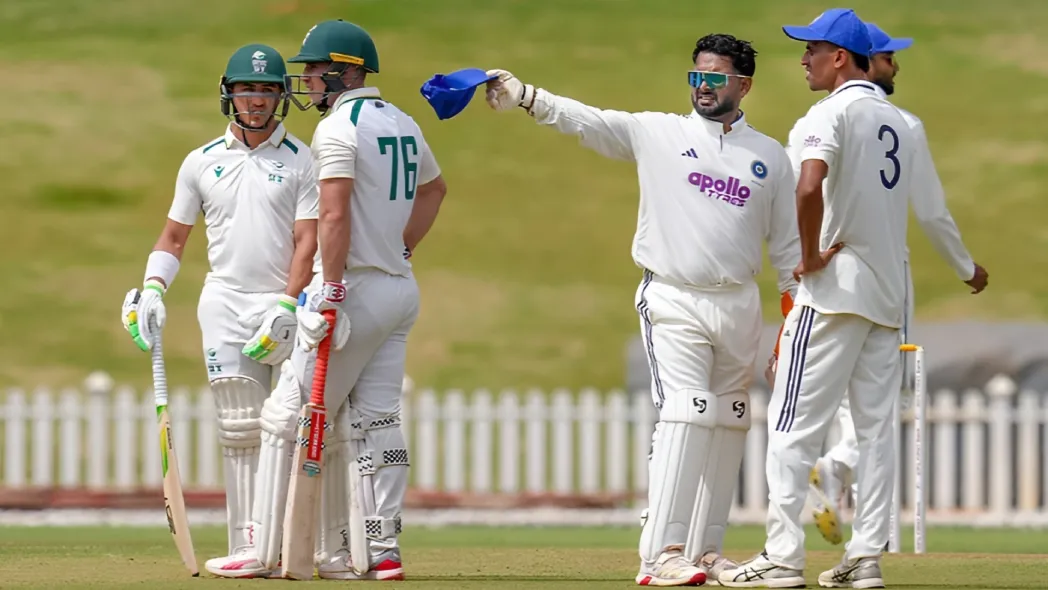Every Ashes tour has a mood. Some tours feel like the last act of a fading heavyweight, others like a rebirth. This one? It feels like England is closing the book on an era and ripping open a new one powered by pace, risk, and a hefty dose of self-belief.
Since the 2023 Ashes, England have waved goodbye to Stuart Broad, James Anderson, and now Chris Woakes: that’s 1500 Test wickets vanished from the dressing room. The seven fast bowlers on this 2025–26 tour? Just 566 between them. For the first time since 2002–03, England walks into Australia without Anderson. For the first time since 2006–07, without Broad.
Meanwhile, Australia, even without Cummins and Hazlewood for the opener, still has more than a thousand Test wickets parked in their first-choice seam trio. Yet oddly, it’s England with Stokes, Wood, Archer, Tongue, Atkinson, Carse, and Potts who bring the intrigue.
A Youth Movement Forced by Retirement, Not Romance
England didn’t choose to rebuild; time forced their hand. The retirements of Broad, Anderson, and then Woakes accelerated a reset that was already overdue. Ben Stokes alone holds over half the Test caps in this touring attack. Jofra Archer, with 15 Tests in six years, is their third-most experienced seamer.
Contrast that with Australia’s traditional Ashes formula: heavy experience, settled combinations, and world-class reliability. Yet the old guard, despite their brilliance, is creaking. Cummins and Hazlewood miss the first Test; Lyon is returning from injury; Starc carries an enormous load.
England Finally Embraces What Works in Australia
For decades, English cricket stuck to tradition: swing, seam, craft. In Australia, that translated to “toil, sweat, repeat.” No more.
Rob Key, the architect of England’s pace revolution, has made speed non-negotiable. His philosophy is blunt: “I don’t care how many wickets you take. Are you bowling 85–88mph every spell?”
The 2025–26 group reflects that: Archer, Atkinson, Carse, Wood, Tongue — all consistently touch 90mph. Potts stands out only because he’s “merely” accurate and relentless.
Australia built a dynasty around pace, bounce, and durability. England has finally stopped resisting the blueprint.
The Quiet Genesis After the 2021–22 Ashes Disaster
England’s current identity didn’t begin with Stokes or McCullum; it began with Strauss dropping Broad and Anderson in 2022. The experiment failed on the field but succeeded philosophically: England realized the future couldn’t be more of the same.
From that point, the pace pipeline became a priority. Tongue, Carse, Atkinson, and Potts emerged. The ECB launched a “pace project,” analyzing biomechanics, workload patterns, and developmental models.
This wasn’t improvisation; it was England reverse-engineering what makes fast bowling sustainable.
Ironically, Anderson helped groom his own replacements, mentoring them through 2023–24. Yet he remains skeptical: “I don’t see a leader of the attack.” He might be right, but England is betting that pace-in-numbers outruns the need for a traditional talisman.
The Tactical Puzzle: When Fast Isn’t Enough
The Kookaburra ball isn’t England’s friend. Nor is Australian heat. Nor, lately, is England’s spinning depth. Australia has Lyon; England has Shoaib Bashir, talented but expensive at 3.78 an over.
And then there’s the conditions shift: pitches now have more grass, scoring is faster, and games move quicker. Seamers have taken wickets every 47 balls in the last four Australian summers, a huge improvement on the previous 61-ball average.
This suits England’s new quicks but exposes their biggest hole: the missing traditional seamer. Woakes is retired injured, Cook underwhelmed on debut, and Robinson has vanished into grade cricket.
If a green top appears in Brisbane or Sydney, do England trust Potts alone? That’s a crack in the armour.
Key Takeaway
England’s Ashes hopes hinge less on experience and entirely on how often their fastest men can stand on two feet.
FAQs
- What makes England’s attack different this Ashes?
A deliberate shift to a relentless pace, with six bowlers capable of 90mph+.
- Why did England move on from Broad and Anderson?
To fast-track a new generation built for Australian conditions.
- How can England win despite limited experience?
If Archer, Wood, and Stokes stay fit long enough to deliver sustained pace pressure.
Disclaimer: This blog post reflects the author’s personal insights and analysis. Readers are encouraged to consider the perspectives shared and draw their own conclusions.
Step into the world of cricket with JeetBuzz News—where expert opinions, trending Blogs, and behind-the-scenes insights meet all your favorite topics. Stay informed, stay entertained, and never miss the stories shaping the cricketing world—only on JeetBuzz News!













































































































































